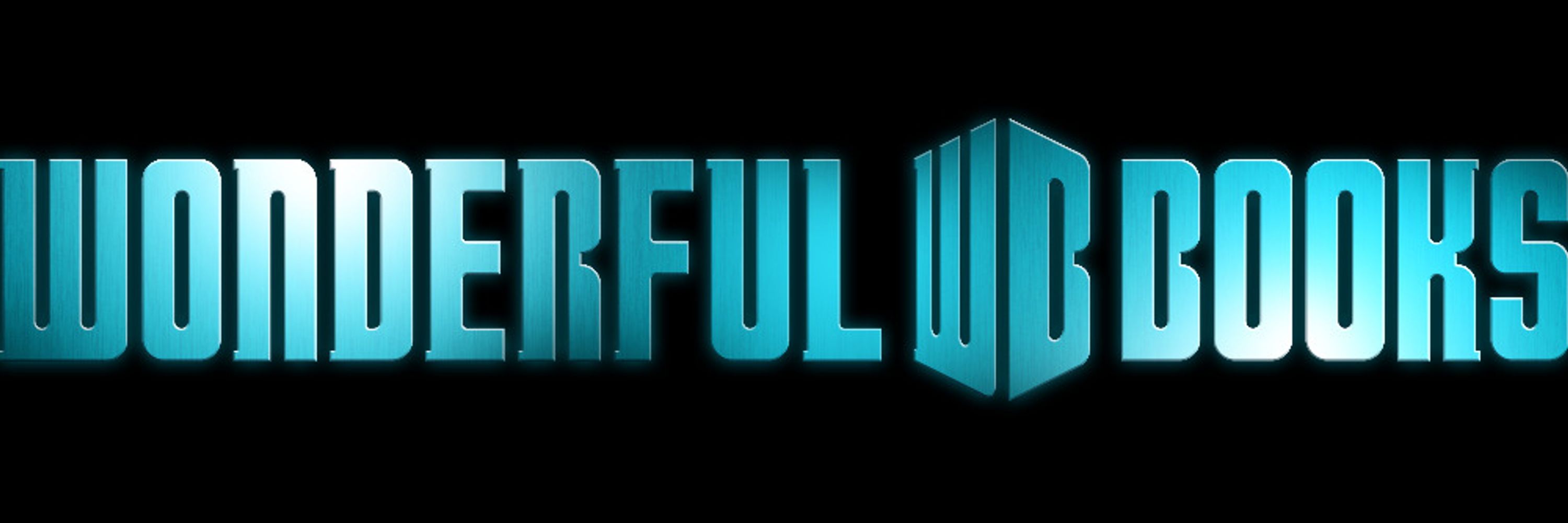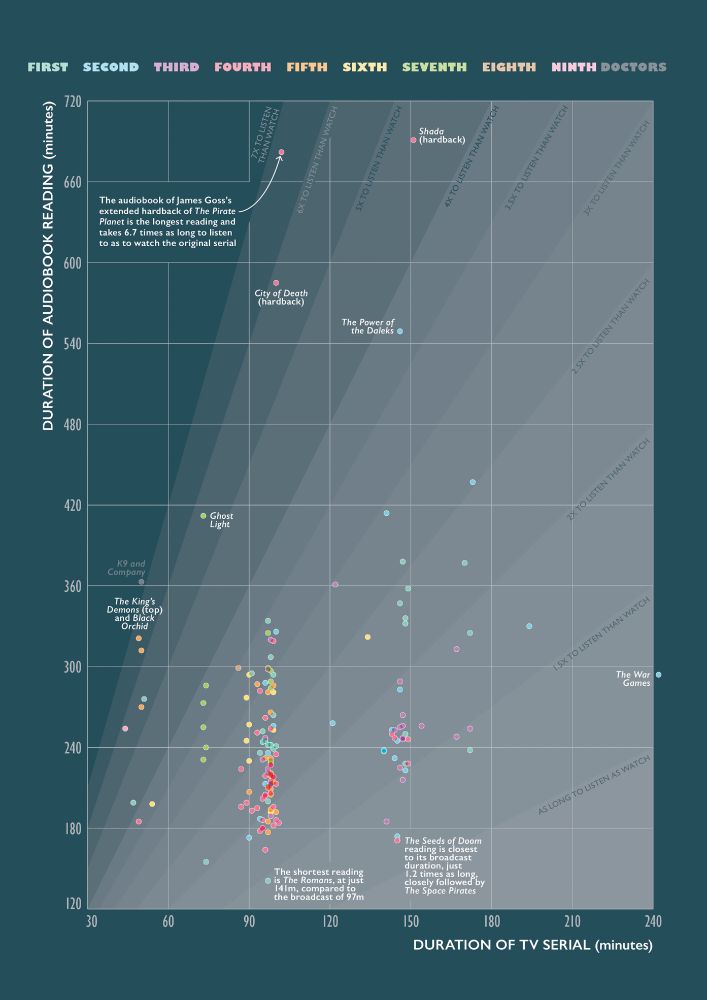
Paul MC Smith
@wonderfulbooks.co.uk
210 followers
79 following
370 posts
Design, data and Doctor Who. http://www.wonderfulbook.co.uk
Posts
Media
Videos
Starter Packs
Reposted by Paul MC Smith
Reposted by Paul MC Smith
Reposted by Paul MC Smith
Reposted by Paul MC Smith
Reposted by Paul MC Smith


















